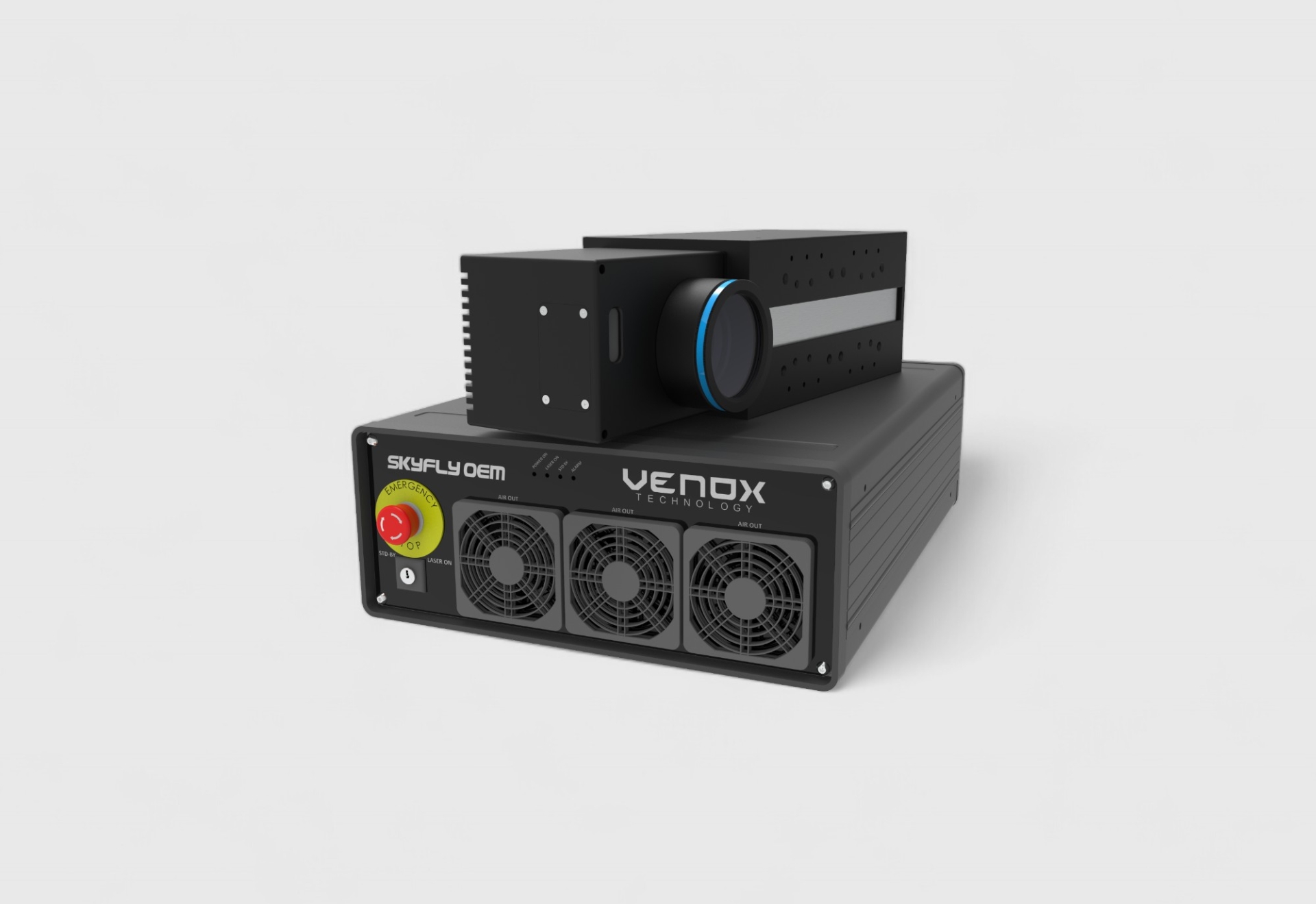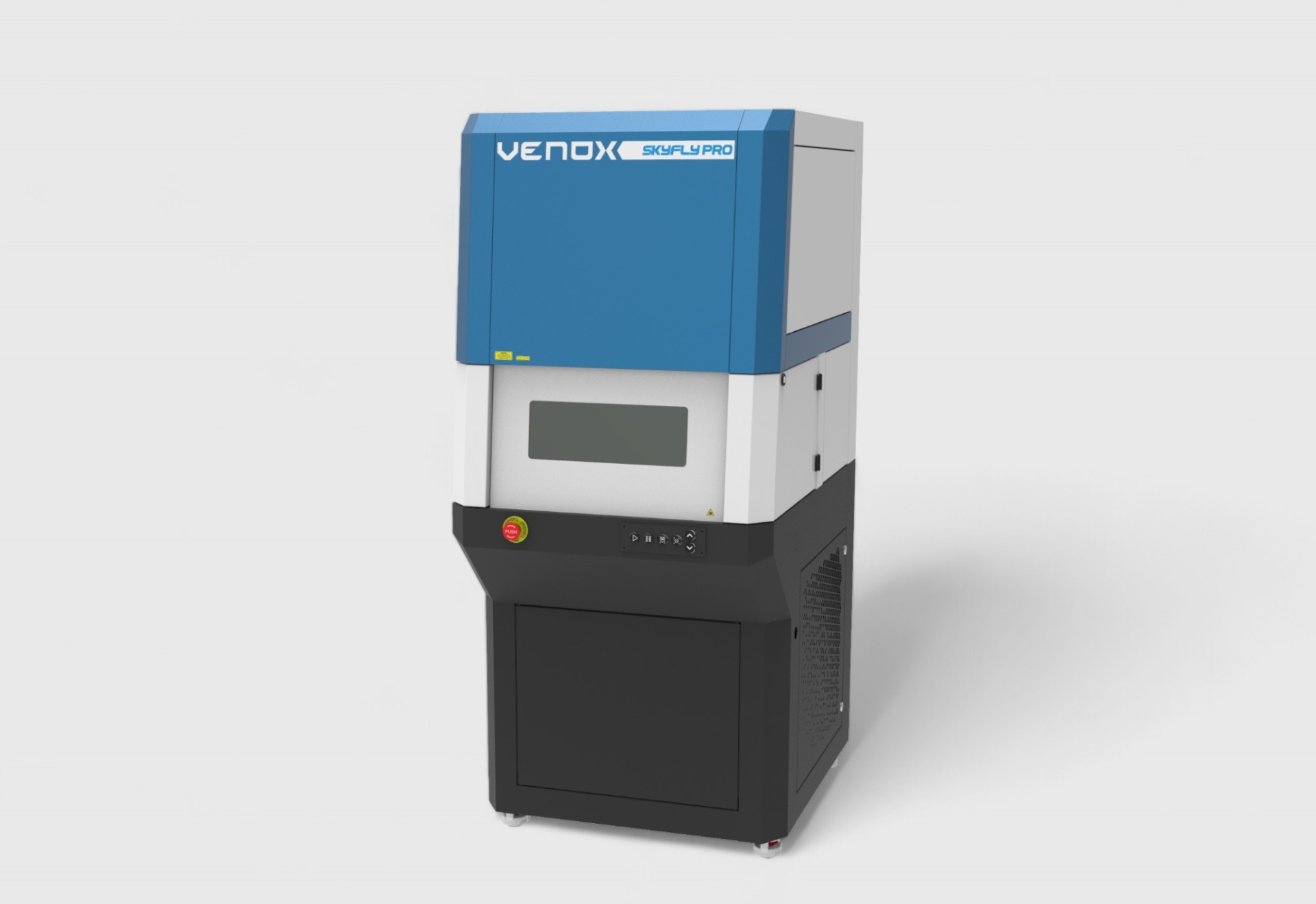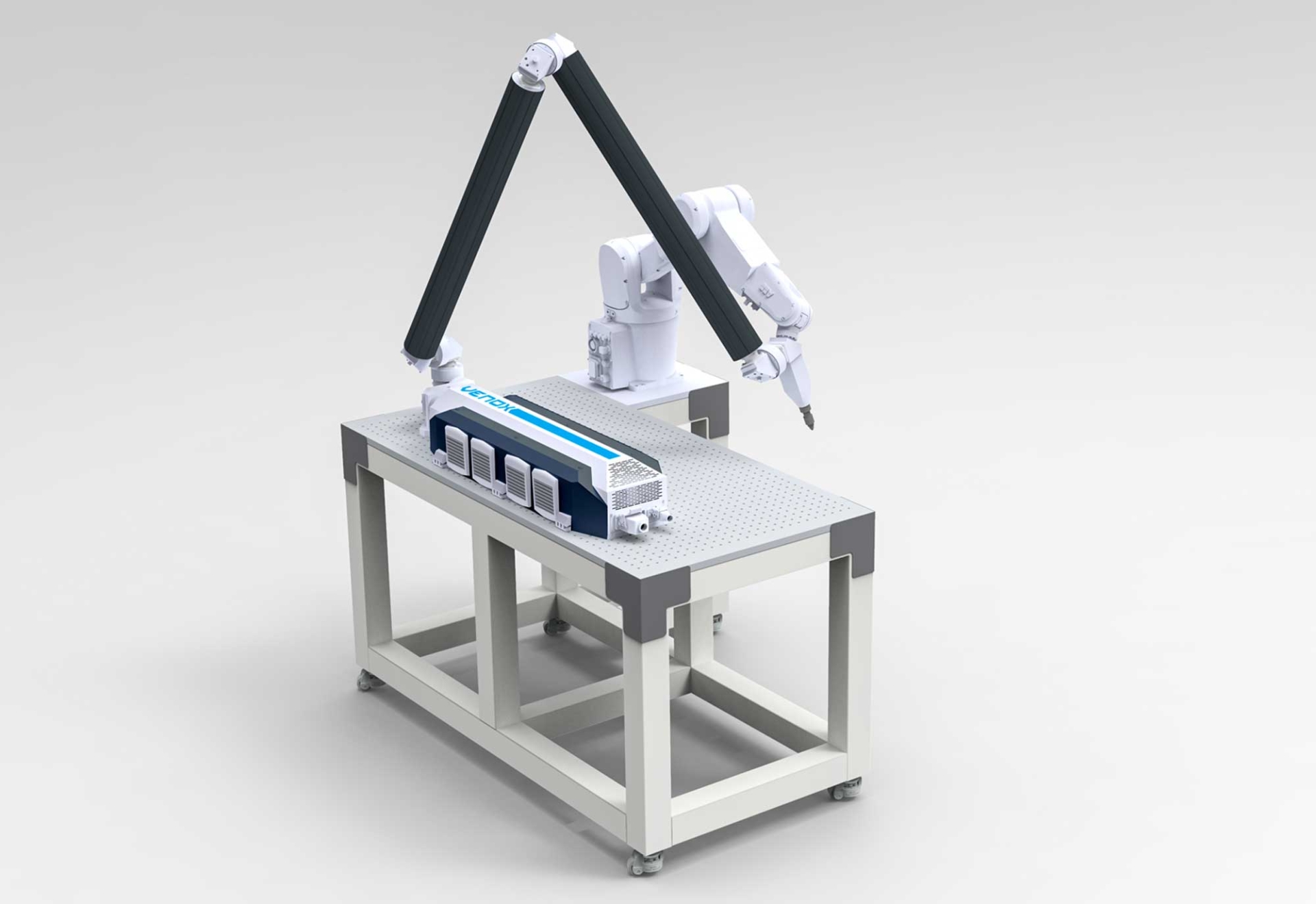Laser Marking in Industry 4.0: Automation, Robot Integration, and Smart Production Systems
With Industry 4.0, production lines now demand not only speed but also traceability, data-driven decision-making, flexibility, and full integration. One of the technologies at the center of this transformation is laser marking. This is because laser marking has evolved beyond simply giving products an identity—it has become a critical link in the digital production chain. In this content, we examine in detail the role of laser marking within the Industry 4.0 ecosystem, its integration with automation and robotics, and its contribution to smart manufacturing systems.
Laser Marking from an Industry 4.0 Perspective
Industry 4.0 refers not only to the mechanical automation of production processes but also to the transformation into connected, data-generating, and self-optimizing systems. In this context, laser marking is not just a marking operation; it is the critical point where production data meets the physical product.
The Role of Laser Marking in Digital Manufacturing
The information engraved on products through laser marking, such as:
- Serial number
- Batch/lot information
- QR codes and DataMatrix codes
- Production date and shift information
acts as the primary carrier for traceability. Through these codes:
- Each product can be linked to the exact station it passed through on the production line
- Quality control data can be retrieved on a product basis
- Any post-production defect can be traced back to individual process steps
Thus, laser marking becomes the point where the physical product and digital manufacturing data converge.
Data-Driven Manufacturing and Laser Marking
In an Industry 4.0 environment, laser marking stations not only mark but also both generate and consume data:
- They receive product information from ERP/MES systems
- They record timestamps and encoded data for every marked part
- They work with quality control cameras to report readability results
In this way, every product on the production line becomes traceable with its digital identity.
Flexible Manufacturing and Variable Data Marking
Modern production lines often manufacture multiple product types on the same line. Thanks to the ability of laser marking software to manage variable data in real time:
- Different content can be applied to each individual part
- Codes can be assigned automatically based on ERP order information
- Traceability can be ensured on a per-product basis rather than batch-based
This makes laser marking a strategic tool in flexible manufacturing cells.
Automation, Robot Integration, and Smart Lines in Laser Marking
In the Industry 4.0 approach, laser marking systems are not positioned as standalone machines but rather as automation-integrated stations. With conveyors, robotic arms, sensors, and industrial communication protocols, laser marking becomes an essential component of fully automated production lines.
Conveyor-Integrated Laser Marking Stations
In mass production, the most common setup is integrating the laser marking head into a conveyor line. In such systems:
- Products are transported over the conveyor to the laser station
- Photoelectric sensors or encoders detect the position of each part
- The laser fires automatically when the product reaches the exact focus position
This minimizes operator intervention, synchronizes the marking cycle with line speed, and ensures a fully integrated process.
Laser Marking Solutions with Robotic Arms
Parts with complex geometries cannot always be positioned properly under a fixed marking area. In these situations:
- The robotic arm positions the part at the correct angle beneath the laser
- Or the laser head is mounted on a robotic arm to make it mobile
This allows:
- Marking on multiple surfaces of 3D-shaped parts
- Reduced dependency on manual labor
- Improved repeatability and precision
Robot integration also supports flexible automation, one of the core principles of Industry 4.0.
Smart Camera Systems and Readability Control
It is not enough to mark codes; readability is a critical quality criterion. In smart production lines:
- An industrial camera reads the code immediately after marking
- Contrast, position, and reading success are analyzed
- Unsuccessful markings are automatically rejected or reprocessed
This structure meets the 100% traceability requirement, especially mandatory in the automotive and medical industries.
PLC, MES, and ERP Integration
In Industry 4.0, a “smart” laser marking station must communicate with other systems. This is enabled through:
- Line control via PLC
- Production order–based data exchange with MES
- Order, customer, and product configuration integration with ERP
The laser marking station can receive commands such as:
- “Use this code content for this batch”
- “Associate this with the specified order number”
These commands are transmitted automatically by upper-level systems, minimizing the risk of human error.
Real-Time Monitoring and Reporting
Smart laser marking systems can provide instant data to production managers and quality teams. For example:
- How many parts were successfully marked?
- How many failed readings were detected?
- In which shift or on which line did the error rate increase?
These insights can be used for production planning and improvement actions. In Industry 4.0, the laser marking station is therefore a data generation point.
Flexibility with Portable and Modular Laser Systems
One of the key elements of Industry 4.0 is modularity. Portable laser marking systems:
- Can be quickly moved between different lines
- Can be used for temporary projects or maintenance tasks
- Allow on-site marking on large or hard-to-position parts
This provides businesses with significant advantages in terms of investment cost and operational flexibility.
Conclusion: Laser Marking as a Strategic Component of Industry 4.0
In summary, in the world of Industry 4.0, laser marking is not just a marking technology; it plays a critical role in traceability, data management, and automation integration. When combined with conveyors, robots, cameras, PLC, MES, and ERP systems:
- Product-based traceability is ensured
- Error rates decrease, quality increases
- The production line becomes more transparent and manageable
Therefore, when investing in laser marking, it is essential for any business seeking a competitive advantage to evaluate not only the machine’s technical specifications but also its Industry 4.0 integration potential.







